Revolutionizing SDR processes with AI integration
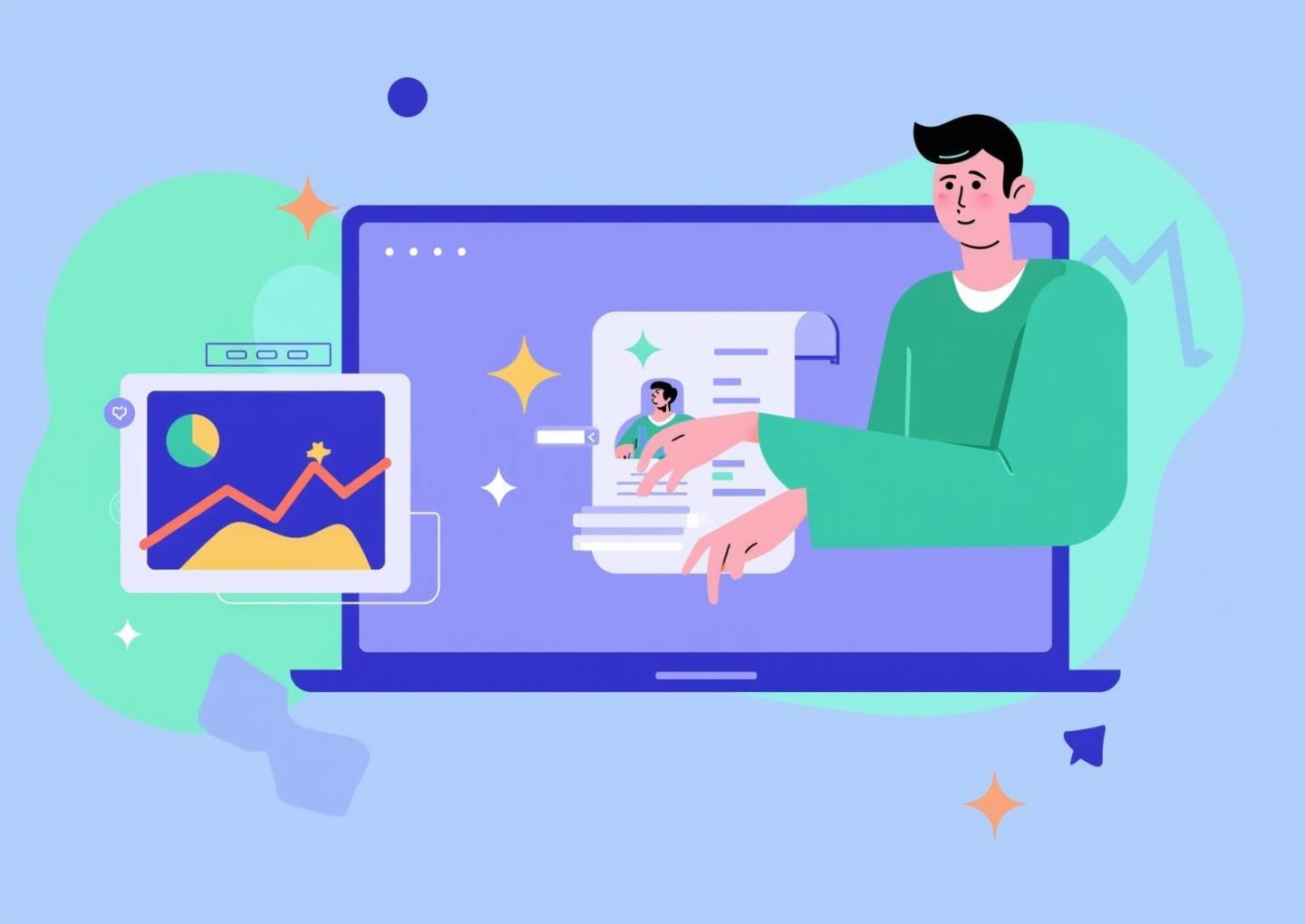
The way sales teams work is changing fast, and AI is at the heart of that shift. These days, if you’re still doing sales development the old-school way — manually picking leads, entering data, and hoping for the best — you’re missing out.
AI in Sales Development Representative (SDR) processes isn’t just a nice-to-have; it’s a game-changer.
It’s about spotting high-potential leads with laser accuracy, personalizing every interaction, and making sure your team isn’t drowning in busywork.
Take Dashly, for example. Our AI-driven automation does the heavy lifting, maximizing how inbound traffic converts into actual meetings and revenue. Let’s dive into how AI, with tools like Dashly, can transform the way sales teams work.
Benefits of AI integration in SDR
So, what’s the big deal about AI in sales development?
First, AI tools don’t just guess who your best prospects are; they analyze mountains of data to tell you who’s worth your time. They predict who’s ready to buy and who you should focus on. Draup’s Opportunity Index, for instance, is known for this type of precision.
Dashly does it differently but effectively, scoring and sorting leads, so sales teams can skip the fluff. By automating lead categorization, Dashly directs non-MQL leads to a self-serve funnel and ensures MQLs are set up for meetings — without a single manual step. Imagine your team only working on leads that matter, and 90% of your meeting scheduling handled automatically.
The impact on efficiency is massive. Automating repetitive work means SDRs can actually focus on what they do best: selling. Companies, even small ones, are picking up on this, with 42% already using AI according to Pipedrive.
The bottom line? AI gives your sales strategy a data-driven backbone that’s hard to compete with.
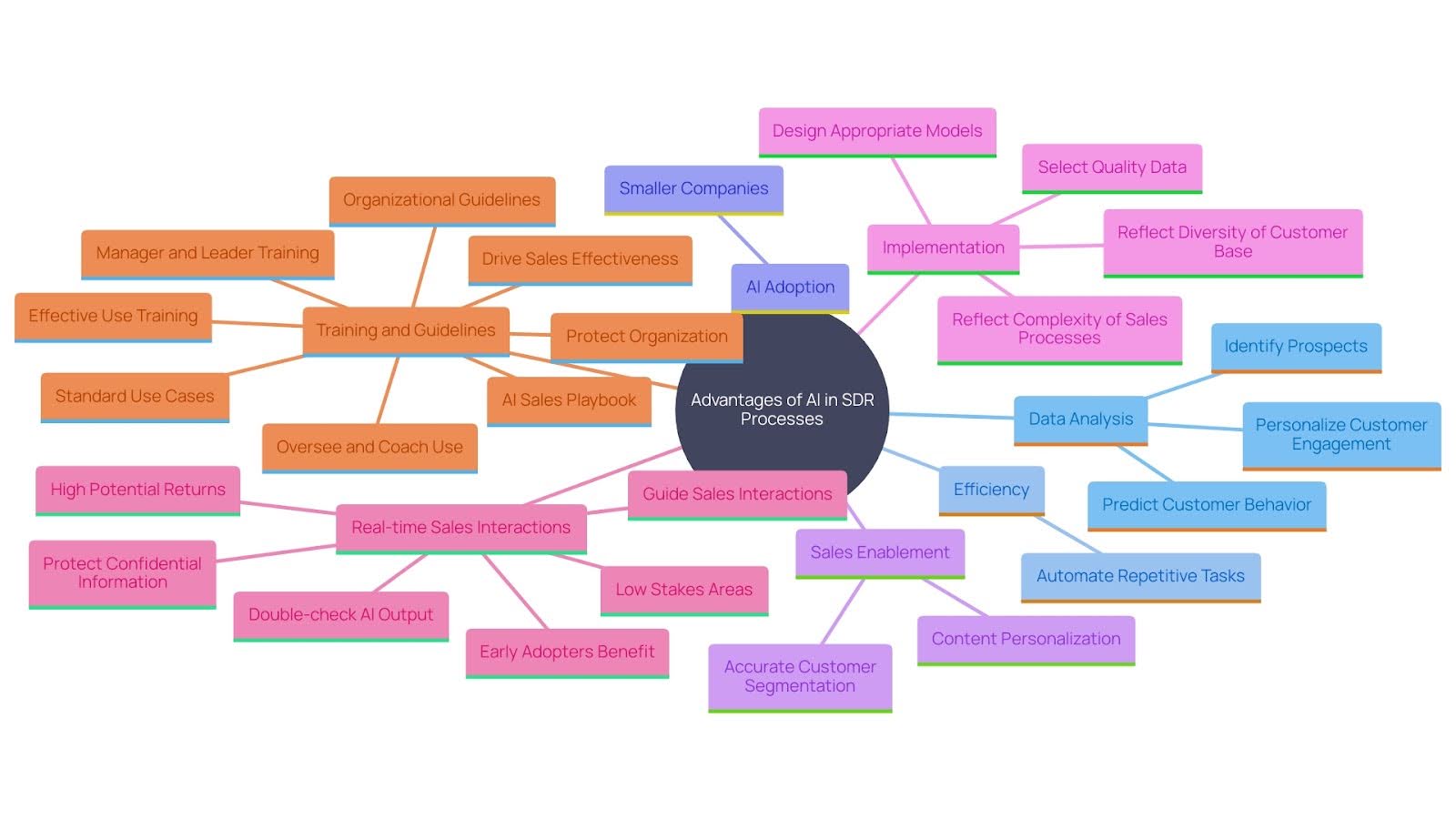
Key features of AI-powered SDR tools
AI in sales isn’t just about data — it’s about making that data actionable. Predictive analytics help you forecast sales, while natural language processing (NLP) powers chatbots and auto-responses to keep leads engaged. The real magic happens when everything integrates smoothly with your CRM. Suddenly, your sales and marketing teams aren’t working in silos anymore. Instead, they’re a well-oiled machine.
Dashly is a master of this integration. Our automated follow-ups have an impressive 60% open rate, double the market average. And we don’t just automate; we optimize. Dashly’s lead nurturing sequences get a 55% conversion rate from email opens to scheduled meetings. Plus, we handle CRM data transfer so that sales reps always have the latest info, making every follow-up count.
By constantly refining based on real-world results, AI tools like these can continuously improve your strategies. It’s like having a co-pilot who gets smarter every day.
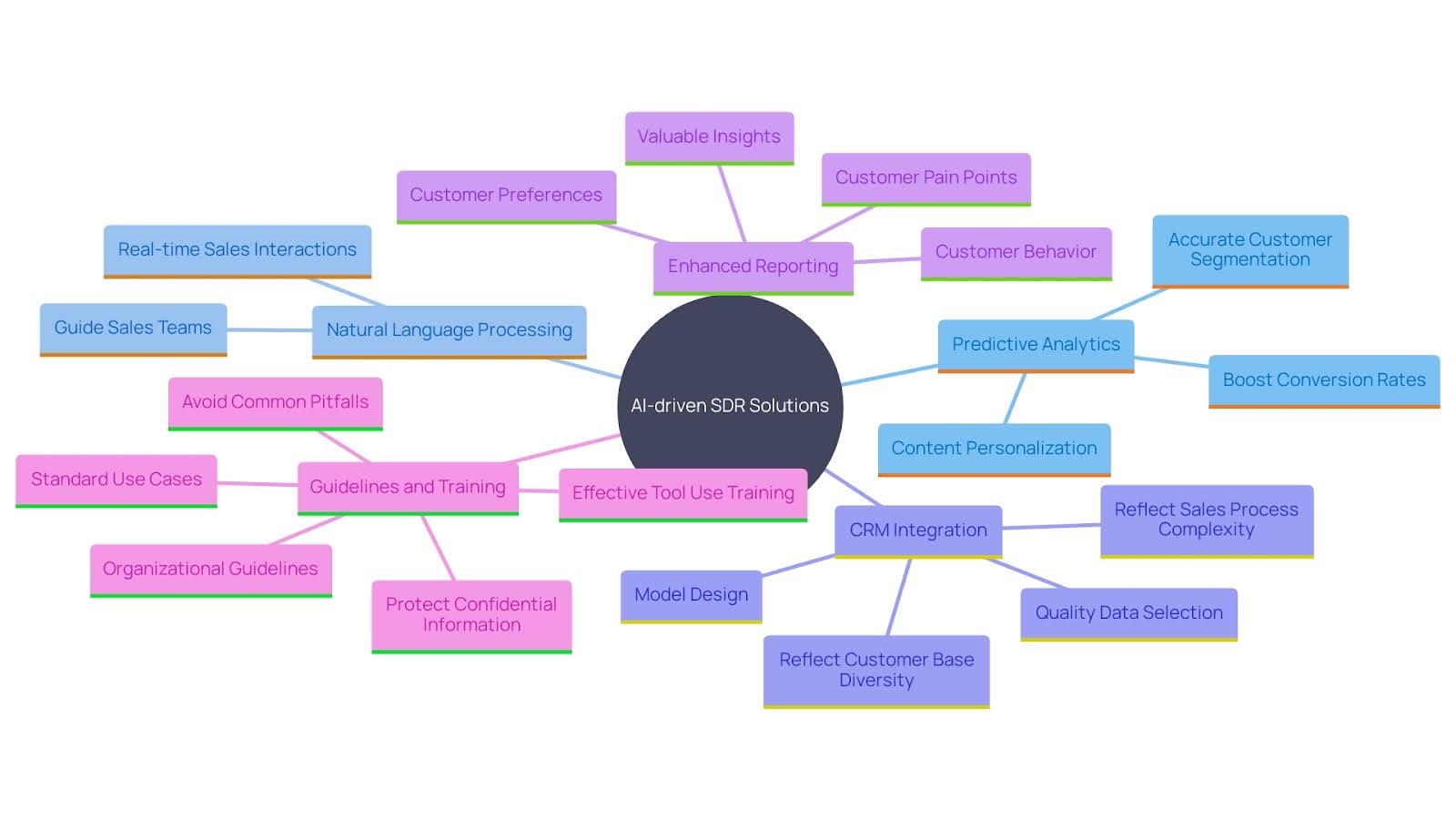
Why personalization and lead qualification matter
AI shines when it comes to making each customer feel seen and heard. Instead of generic pitches, you can send hyper-relevant messages based on what you know about the lead.
Dashly’s qualification quiz is a perfect example. It filters out the low-budget leads and highlights the high-value ones, boosting meeting attendance to 93%. By automating reminders and transferring all the critical data to your CRM, Dashly ensures nothing falls through the cracks. The data backs this up: C-suite executives believe AI dramatically improves personalized outreach.
Lead qualification is another game-changer. Dashly’s approach even identifies those high-budget clients hiding behind personal email addresses, ensuring premium prospects don’t slip away. When AI gets lead segmentation right, your sales team becomes unstoppable.
The goal? Make sure AI is working for you, not the other way around.
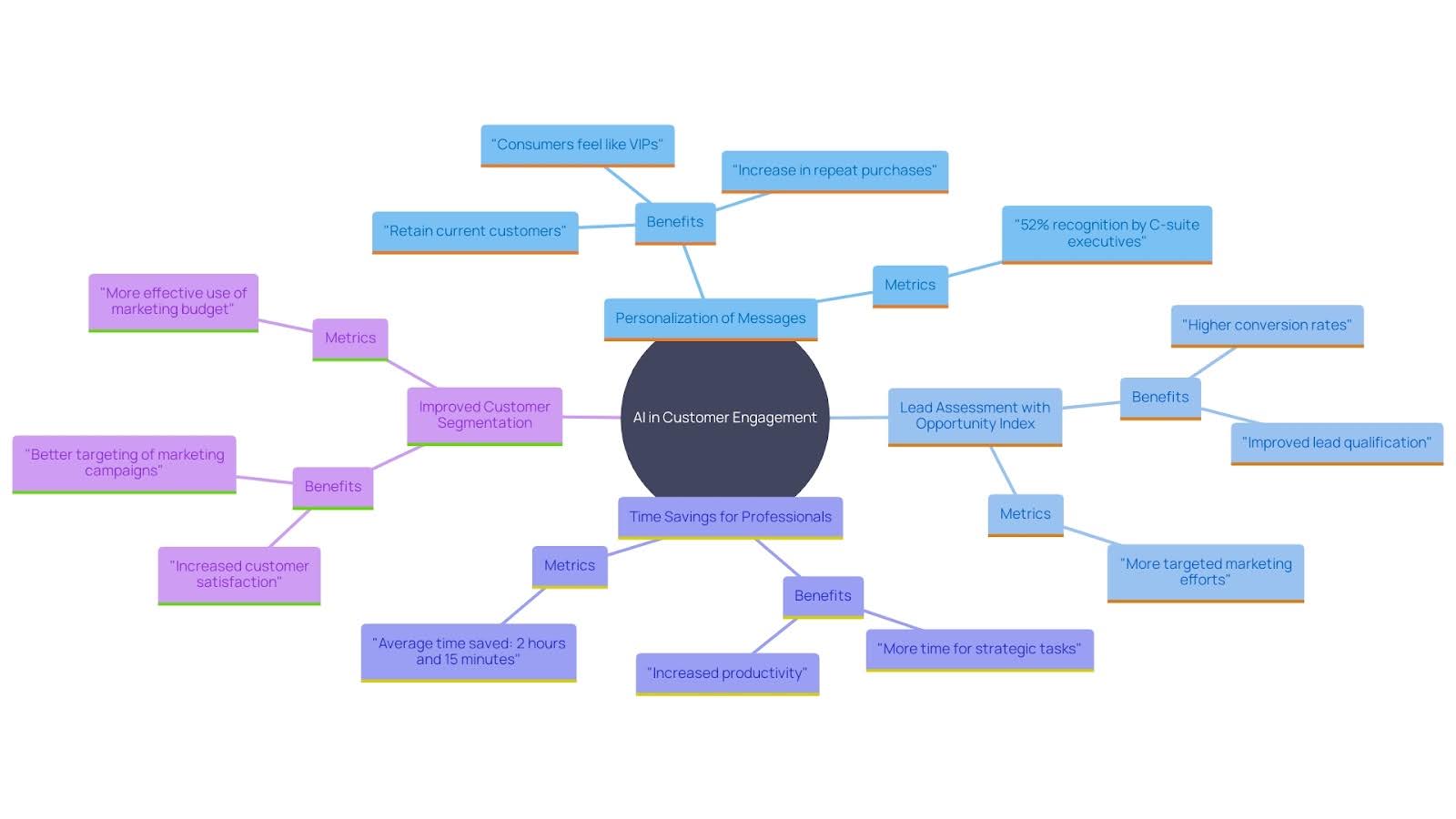
Implementing AI: How to get it right
Rolling out AI in your SDR process isn’t just about plugging in new software and hoping for the best. You need a strategy that aligns with your business goals and areas where AI can have the most impact.
Start small and iterate.
We root for accuracy in everything, from predicting meeting outcomes (99% accurate, by the way) to setting realistic goals for automating lead follow-ups. By automating key touchpoints, you free up your team to focus on the deals that matter.
Training is critical. If your SDRs don’t know how to make the most of AI, you’re wasting money. Companies like Salesforce show us how ongoing investment in AI keeps them ahead.
But be warned: data quality matters. If you feed AI garbage, you get garbage insights. Dashly combats this with constant algorithm updates and compliance with data privacy laws, making it a trusted choice for scaling sales teams. Keep monitoring, refining, and training your team to stay on top.
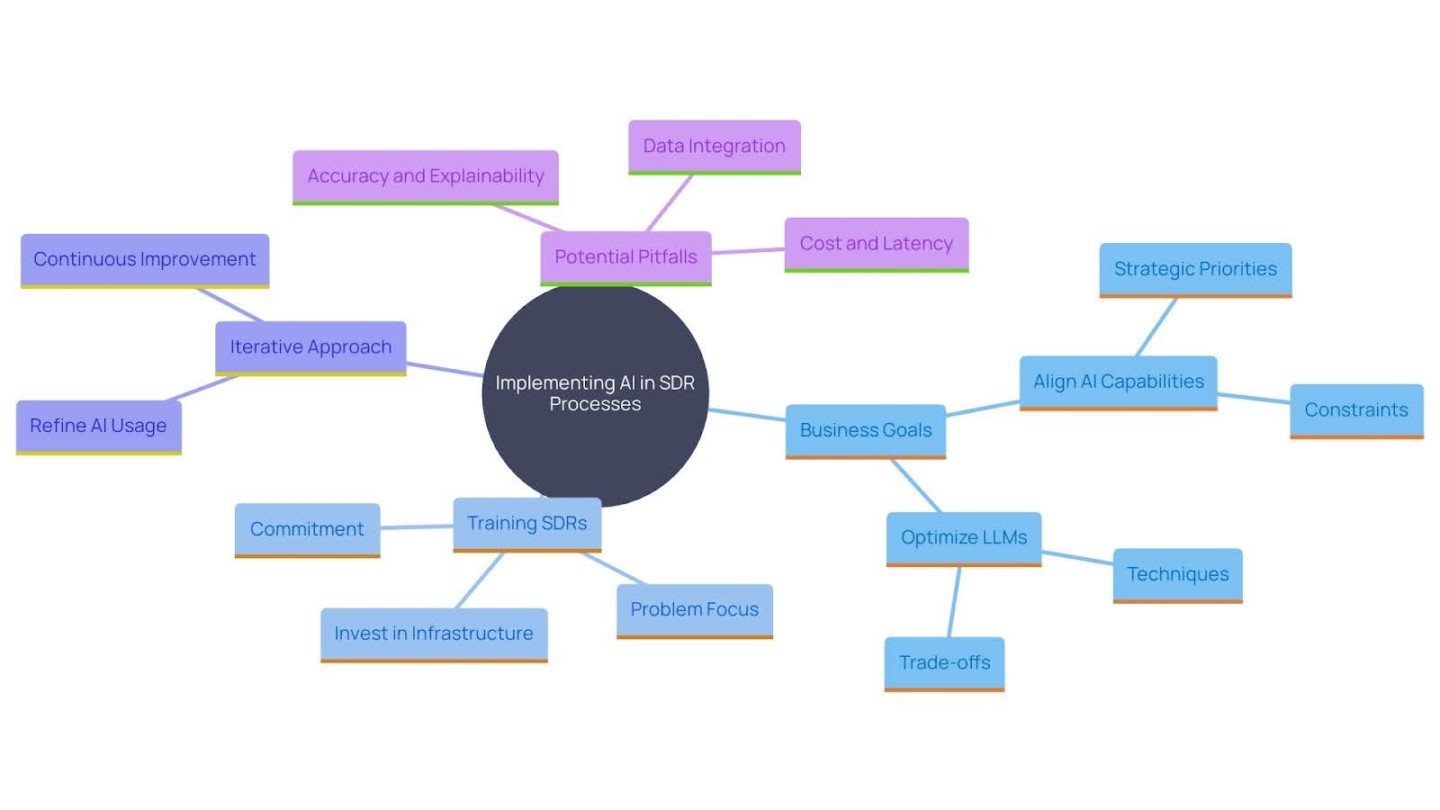
Challenges and limitations of AI SDRs
Integrating AI into SDR processes offers myriad benefits but also comes with its challenges. Ensuring data quality is essential; without precise and thorough data, AI systems can produce misleading insights that could disrupt marketing strategies.
Opposition from marketing groups is another obstacle, often due to a lack of comprehension or fear of being substituted by technology. Therefore, it’s essential for organizations to present AI as an asset that enhances human intelligence instead of substituting it.
Companies that are early adopters of AI technologies, like Salesforce with its new xGen-Sales and xLAM models, are setting new standards in AI-driven automation and efficiency. These technologies can serve as valuable co-pilots, guiding real-time commerce interactions and uncovering trends previously unnoticed.
However, integrating AI requires vigilant oversight, particularly concerning data privacy and ethical considerations. Practical AI tools are revolutionizing commercial applications, but companies must ensure that their teams are well-trained and that AI outputs are consistently monitored for accuracy and bias.
A recent survey highlights that AI is significantly aiding in deploying marketing and promotional resources more effectively, but it also underscores the importance of substantial investments in data, people, and technology to fully harness AI’s potential.
Incorporating AI into sales processes isn’t just about technology; it’s about evolving organizational culture and processes. By starting with areas of high potential returns and low stakes, companies can gradually build comfort and understanding around AI tools, ultimately driving peak productivity and organizational effectiveness.
Conclusion
Bringing AI into SDR processes isn’t just an upgrade; it’s a fundamental shift in how sales teams operate. Predictive analytics and NLP can make your outreach smarter and more efficient. Dashly showcases the potential of this transformation. With results like a 75% rate of qualified leads booking meetings and 90% of those meetings automated, it’s clear they’re doing something right.
Companies that jump on the AI train now will gain a serious edge. Sure, there are challenges, but they’re manageable with the right strategy and a commitment to continuous learning. Remember, AI tools are there to amplify your team’s strengths, not replace them. If you want to supercharge your sales strategy, now’s the time to act. Dashly is proof that AI can revolutionize sales development — and it might just be the edge your team needs.
Read also: Ultimate guide to an AI sales funnel: the best tips, tools and common mistakes to avoid








